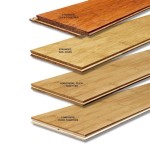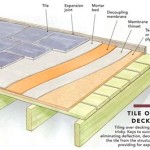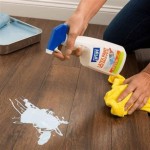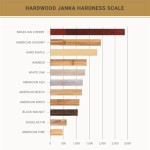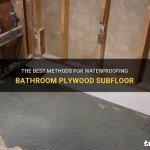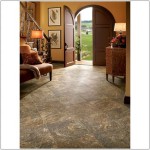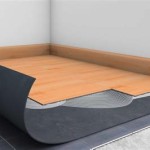A Comprehensive Guide to Vinyl Wood Flooring: Unlocking Beauty and Durability
In the realm of flooring options, vinyl wood flooring has emerged as a multifaceted choice, offering a harmonious blend of aesthetics, durability, and cost-effectiveness. This guide will delve into the essential aspects of vinyl wood flooring, empowering you with the knowledge to make an informed decision for your flooring needs.
Understanding Vinyl Wood Flooring
Vinyl wood flooring is a type of resilient flooring composed of multiple layers. The core layer, typically made of rigid or flexible PVC, provides structural stability. The decorative layer replicates the natural appearance of wood, offering a wide array of species and finishes to complement any décor. A wear layer, often composed of urethane or ceramic, protects the flooring from scratches and wear.
Benefits of Vinyl Wood Flooring
- Realistic Wood Look: Vinyl wood flooring captures the intricate details and textures of natural wood, providing an authentic aesthetic.
- Impressive Durability: Its multi-layer construction makes it highly resistant to scratches, dents, and fading, ensuring lasting beauty.
- Water Resistance: Vinyl wood flooring boasts exceptional water resistance, making it ideal for moisture-prone areas like kitchens and bathrooms.
- Hygienic and Easy to Clean: Vinyl's smooth surface inhibits the growth of mold and mildew, making it a hygienic choice. Cleaning is effortless, requiring only regular sweeping and mopping.
- Affordability: Compared to traditional hardwood flooring, vinyl wood flooring offers a more budget-friendly option while maintaining a sophisticated look.
Types of Vinyl Wood Flooring
Vinyl wood flooring comes in two primary types:
- Sheet Vinyl: Installed in large rolls, sheet vinyl provides a seamless, waterproof surface. It is a suitable option for large areas or rooms with complex configurations.
- Luxury Vinyl Plank (LVP) and Luxury Vinyl Tile (LVT): These options resemble traditional wood planks or tiles. They are easy to install and can be glued, nailed, or floated over existing subfloors.
Installation and Maintenance
Installation: Vinyl wood flooring is relatively easy to install. Sheet vinyl requires professional installation, while LVP and LVT can be DIY-friendly for experienced homeowners.
Maintenance: Regular sweeping and mopping with a pH-neutral cleaner will keep vinyl wood flooring looking pristine. Avoid using harsh chemicals or abrasive cleaning tools.
Choosing the Right Vinyl Wood Flooring
When selecting vinyl wood flooring, consider the following factors:
- Foot Traffic and Usage: Consider the room's intended use and the amount of foot traffic it will receive. Higher-quality flooring can withstand heavier use.
- Water Resistance: For areas prone to moisture, opt for flooring with a waterproof wear layer.
- Style: Choose a species and finish that complements your décor and personal preferences.
- Budget: Set a budget and explore options that fit within your financial constraints.
Conclusion
Vinyl wood flooring offers a wealth of benefits, including durability, water resistance, and affordability. By understanding its different types and installation requirements, you can make an informed choice to elevate the beauty and functionality of your home. Whether you prefer the seamless expanse of sheet vinyl or the versatility of LVP and LVT, vinyl wood flooring is a versatile and cost-effective solution for a wide range of flooring needs.

Your Complete Guide To Vinyl Flooring

A Complete Guide How To Stagger Vinyl Plank Flooring Whole Cabinet Supply

Types Of Vinyl Flooring The Home

Ultimate Guide To Vinyl Plank Flooring Mannington

Your Step By Guide How To Install Luxury Vinyl Plank Wc Supply Whole Cabinet
Ultimate Guide To Vinyl Plank Flooring Mannington

Vinyl Plank Flooring Guide

A Beginner S Guide To Installing Vinyl Plank Flooring Dumpsters Com

Types Of Vinyl Flooring The Home

Installing Vinyl Plank Flooring Step By Guide Homeserve Usa
See Also
